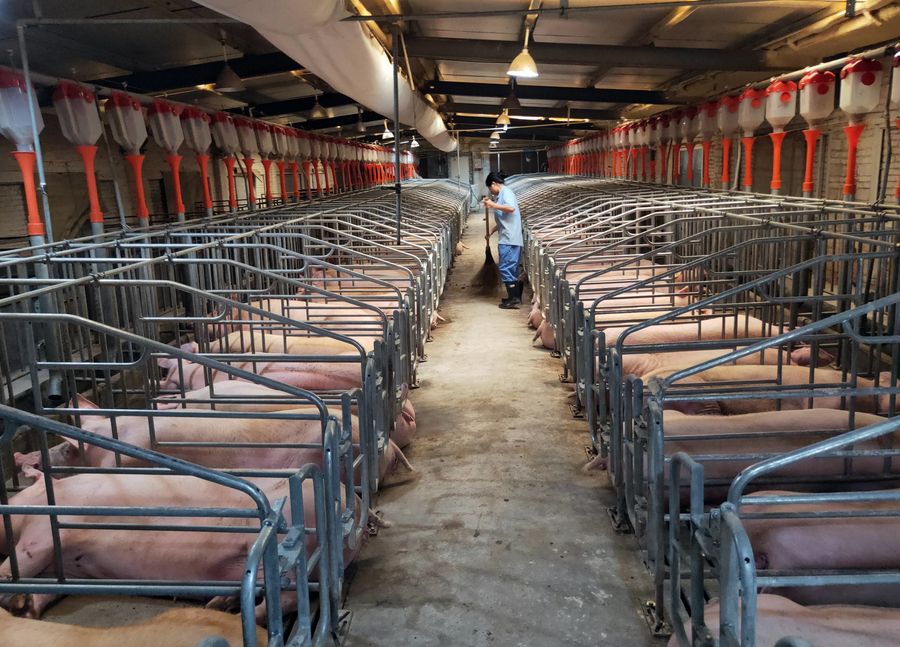RIO DE JANEIRO, BRAZIL – China’s need to satisfy its annual per capita consumption of 30 kilos of pork meat per year could turn Argentina into one of the global ‘piggeries’ with the announced installation of three mega-farms in one of its poorest provinces.
96.5% of Argentina’s pig farms are small-scale producers, with less than 50 breeding sows. Only 1% of breeders have as many as 7,000 animals. But now, there is talk of more than 30,000 heads on each farm.
On July 6, 2020, at the height of the pandemic, the then Foreign Minister, Felipe Solá, announced a “strategic partnership” with Beijing to produce nine million tons of pork. “Geopolitics of the disease,” said physician Damián Verzeñassi, director of the Socio-environmental Health Institute of the National University of Rosario (UNR).
Read also: Check out our coverage on Argentina
The expectations of the Peronist government, so much in need of dollars, began to wane as the alarms of different social sectors were lit. The general agreement has remained in limbo for the time being.
However, the northern province of Chaco, decimated by agribusiness and the clearing of its forest -known as El Impenetrable-, the concentration of land and, as a counterpart, poverty of up to 56%, has joined the micro-farming race. Its governor, Jorge Capitanich, has announced that the installation of three mega-farms is progressing smoothly.
“This generates the opening of markets, more employment, and more export-based added value,” said the governor.

The leading investor is Zhengbang Group, China’s fourth-largest pig producer, fined in China two years ago for pollution. The farms will be located in the northeast, center, and southwest of the province, each within 100 kilometers.
LOOMING RISKS
Methane gas from cows accounts for 39% of the country’s pollutant emissions. Pigs are another risk factor. In the light of the Spanish experience, experts already foresee a further increase in deforestation and the use of transgenic crops to feed the animals.
The other problematic horizon is contamination due to the large-scale use of antibiotics for fattening pigs and the possibility of an increase in diseases transmitted from animals to humans.
After the Amazon, the Chaco Impenetrable is the most critical ecoregion in Latin America. According to Greenpeace, it has lost almost 50% of its forests in a century.
The native Qom communities living in the south of this forest have mobilized against the macro-farms. They also denounced the violation of article 169 of the International Labor Organization (ILO), which establishes that companies must conduct an informed prior consultation with the native communities before installing any factory in their territories.
Other sectors followed in their demands. “Not only is there no transparency, but they did not respond to our requests for information. We had to go to court and sue the governor’s office for this reason,” said Nora Giménez, a lawyer for the Somos Monte collective.
A court ruled in their favor. The provincial state must pay 45 euros for each day they postpone the claimed information. So far, Somos Monte has not received any response, increasing the suspicion around the macro-farms.
The project is moving forward amid the worst water emergency recorded in Argentina since 1944 due to the low water level of the Paraná River as a result of the prolonged drought.
Intensive pork production will require between two and three million liters of water daily. The situation could complicate the supply of more than one million people in Chaco who do not have access to drinking water.

